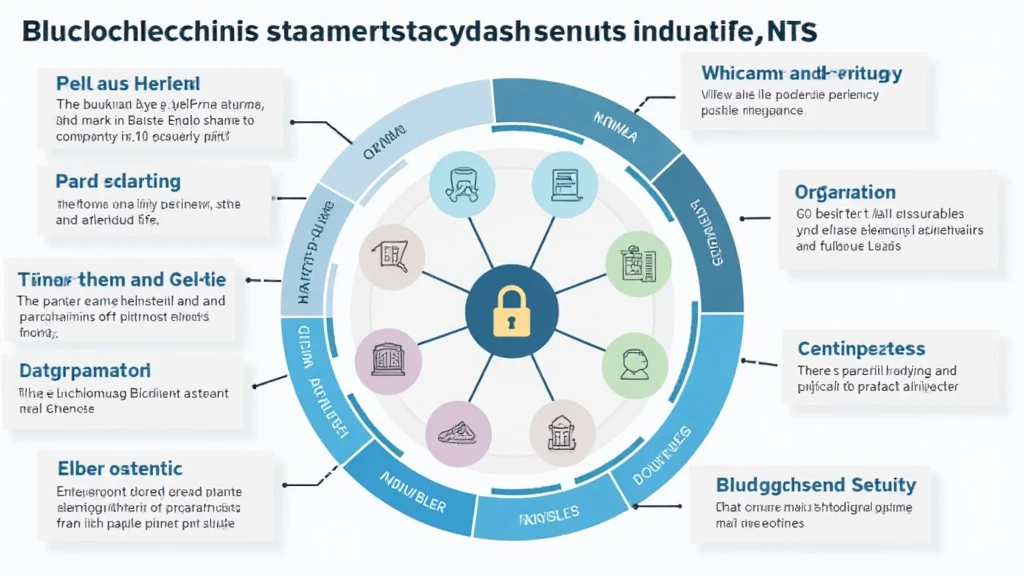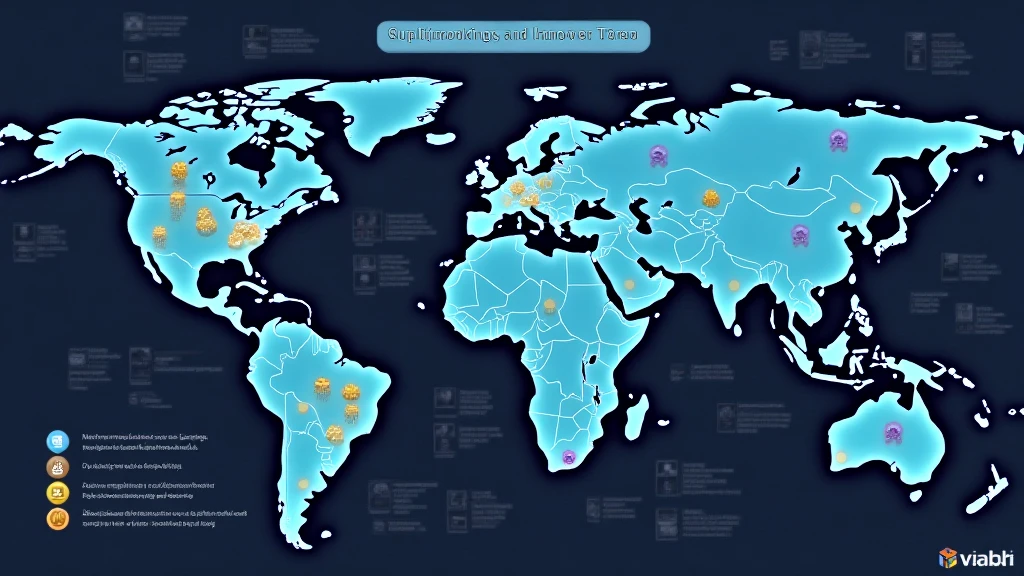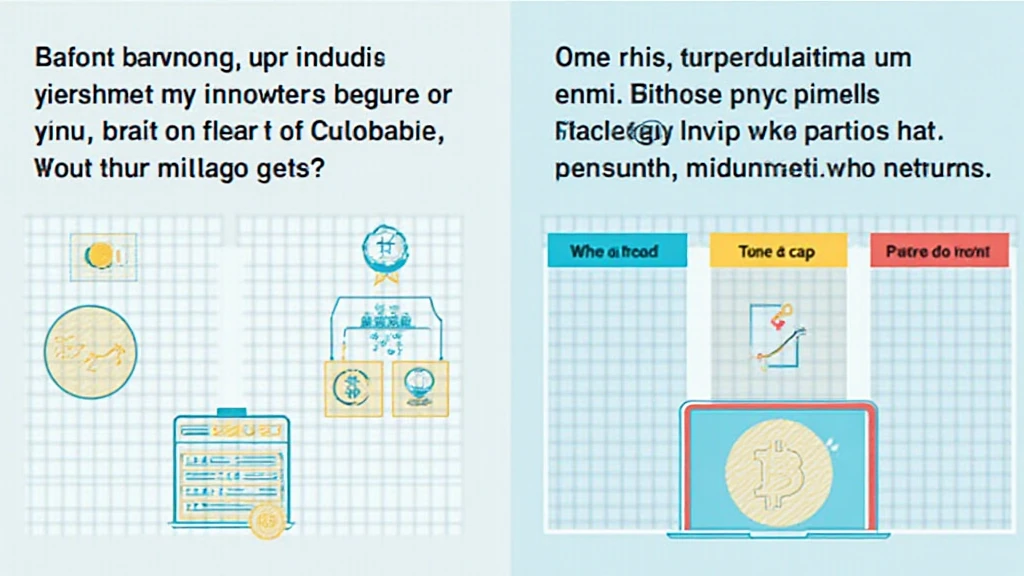Introduction
In 2024, the cryptocurrency industry is projected to face unprecedented challenges and opportunities. With an estimated $4.1 billion lost to DeFi hacks in 2023 alone, the need for innovation in blockchain security and efficiency has never been more critical. This is where AI comes into play. The intersection of NVIDIA’s AI research and blockchain technology promises to unlock new possibilities for enhanced security protocols and faster transaction processing. As we delve into NVIDIA’s initiatives, we will uncover how these developments can dramatically reshape the landscape of cryptocurrency.
NVIDIA’s Role in Blockchain Development
The Adoption of AI in the Blockchain Space
AI is reshaping various sectors, and the blockchain industry is no exception. NVIDIA, a pioneer in graphics processing units (GPUs), has been instrumental in integrating AI with blockchain technologies. By harnessing the power of machine learning algorithms, NVIDIA enhances the efficiency and security of blockchain networks.
For instance, its GPUs now support blockchain data processing, enabling faster and more secure transactions. Furthermore, innovations like the NVIDIA A100 Tensor Core GPU allow developers to accelerate deep learning workloads. This creates a robust framework for processing large sets of blockchain data, essential for maintaining transaction integrity.

Research Initiatives Focused on Security
NVIDIA’s collaboration with blockchain developers focuses significantly on improving security protocols. This is especially important given the staggering growth in blockchain adoption, particularly in markets like Vietnam, where user growth rates have spiked by over 300% in recent years. The implications are profound, as enhanced security measures can protect users’ digital assets more effectively.
Notably, NVIDIA engages in initiatives aimed at developing AI algorithms capable of predicting and preventing potential security breaches. An example includes the implementation of anomaly detection systems that analyze transaction patterns on the blockchain to identify and mitigate risks.
Enhancing Efficiency through Smart Contracts
AI in Smart Contract Auditing
Smart contracts are vital to many decentralized applications (dApps), and their efficiency determines overall network performance. NVIDIA’s research initiatives focus on automating the auditing process of smart contracts. AI algorithms analyzed historical data and transaction patterns to assess potential vulnerabilities in real-time.
This approach not only saves time and resources but also significantly reduces human error. By employing NVIDIA’s AI tools, developers can ensure their smart contracts operate flawlessly, thereby enhancing user trust and blockchain integrity.
Real-World Applications of AI-Driven Solutions
Let’s break it down: incorporating AI into blockchain has real-world implications. One notable example is how businesses in Vietnam are adopting these technologies. Companies leveraging NVIDIA’s AI for blockchain solutions report a 40% increase in transactional speed, leading to better customer experiences.
For businesses, this means reduced operational costs and improved scalability, allowing them to expand their services while maintaining high-quality performance. AI-driven analytics also empower organizations to make informed decisions, enhancing their competitive edge in the rapidly evolving crypto market.
The Challenges of Implementing AI in Blockchain
Scalability Issues
Despite the advantages, integrating AI into blockchain is not without challenges. Scalability remains a significant concern, as increased transaction volumes can strain the performance of AI models. Developers must continually optimize algorithms to balance between processing speed and accuracy.
Data Privacy and Security
Data privacy is another hurdle. As more data is collected for AI analysis, there is an inherent risk of exposing sensitive information. Therefore, compliance with regulations like GDPR is crucial. Organizations need to implement robust data protection measures to safeguard user privacy.
Future Prospects: What Lies Ahead?
The Road to 2025 and Beyond
Looking ahead, NVIDIA’s ongoing AI research initiatives point to a future where blockchain technology becomes more user-friendly and secure. By 2025, we expect further advancements, particularly in the sectors of decentralized finance (DeFi) and non-fungible tokens (NFTs), powered by enhanced AI capabilities.
As the cryptocurrency market continues to grow, so will the demand for better security protocols and more efficient transaction processes. NVIDIA is well-positioned to lead the charge, leveraging its AI expertise to drive innovation in the crypto space.
Conclusion
NVIDIA’s AI blockchain research initiatives are at the forefront of transforming the cryptocurrency landscape. With improved security protocols and enhanced transaction efficiencies, the collaboration of AI and blockchain represents a significant advancement for users and businesses alike. As Vietnam and the global market continue to evolve, the implications of these technologies will be profound. Implementing these initiatives will not only benefit individual users but will also contribute to the overall reliability and growth of the blockchain infrastructure.
To stay ahead of the curve in this dynamic industry, organizations must embrace these innovations. As the digital asset space matures, keeping up with trends like NVIDIA’s initiatives will be essential for competitive success in the crypto market.
For more insights on blockchain and cryptocurrency developments, visit allcryptomarketnews.





